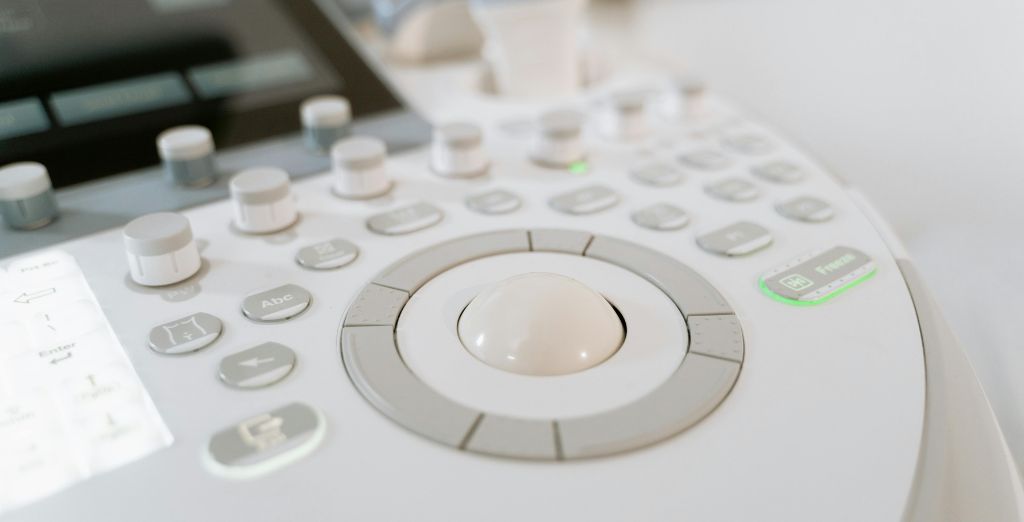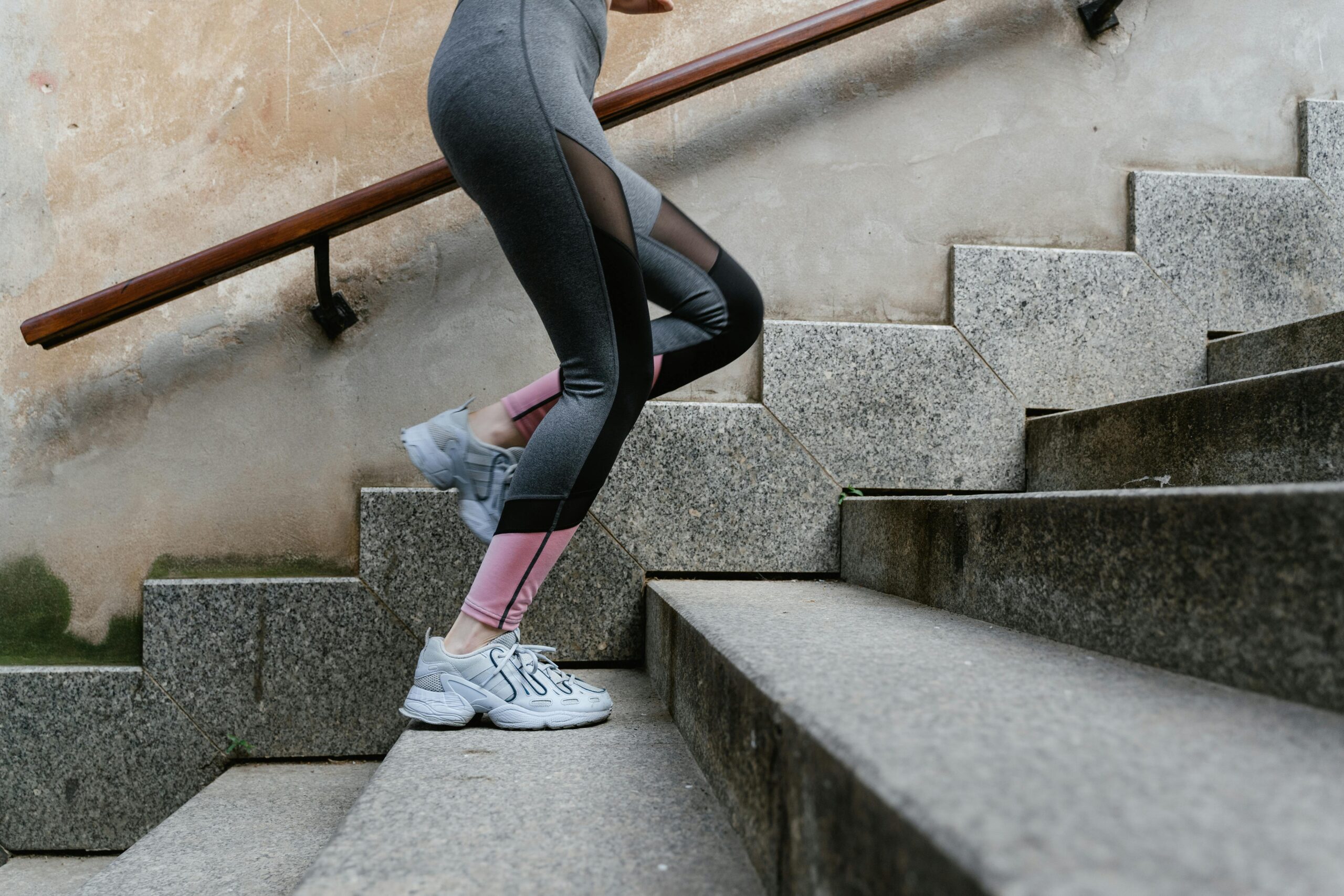As we age, our skin loses volume, resulting in fine lines, wrinkles, and sagging. Dermal fillers have become a popular solution for restoring youthfulness by adding volume and smoothing out imperfections. Among the many options available, two prominent treatments are Sculptra vs. Traditional Fillers, such as hyaluronic acid-based fillers. While both aim to rejuvenate your appearance, they work in different ways and are suited for different cosmetic goals.
In this article, we will compare Sculptra vs. Traditional Fillers, looking at how they work, their benefits, and which option might be best for you.
What is Sculptra?
Sculptra is an FDA-approved injectable that is different from most dermal fillers. It is made from poly-L-lactic acid (PLLA), which works by stimulating your body’s natural collagen production over time. Rather than providing immediate volume like Sculptra vs. Traditional Fillers works gradually, and the results improve as your body builds collagen in the treated areas. This process typically takes a few months, but the results are long-lasting, often up to two years or more.
Sculptra vs. Traditional Fillers is ideal for those looking for a subtle, natural-looking enhancement that develops over time. It is commonly used to treat larger areas of the face, such as the cheeks, temples, and jawline, where significant volume loss may occur with age.
What are Traditional Fillers?
Traditional fillers, on the other hand, include products like Juvederm, Restylane, and other hyaluronic acid-based fillers. These injectables provide immediate volume by filling in wrinkles, lines, and areas of lost volume. Hyaluronic acid is a naturally occurring substance in the skin, so these fillers attract moisture, giving the skin a plump and hydrated look.
Unlike Sculptra vs. Traditional Fillers, the effects of traditional fillers are instant, and you can see the results right after the procedure. However, they typically last for a shorter period, usually between six months to a year, depending on the type of filler used and the area treated. Sculptra vs. Traditional Fillers are excellent for treating fine lines, under-eye hollows, lip enhancement, and more localized areas.

Sculptra vs. Traditional Fillers: How Do They Work?
The main difference between Sculptra vs. Traditional Fillers and traditional fillers lies in how they work. Sculptra vs. Traditional Fillers doesn’t just fill areas with volume; it stimulates your body’s own collagen production to create volume naturally over time. It works with your body’s healing process, making it a more gradual but lasting solution.
Sculptra vs. Traditional Fillers, especially hyaluronic acid fillers, act by instantly filling in areas of lost volume. They work immediately, but their effect is temporary. Sculptra vs. Traditional Fillers collagen-stimulating properties can offer more long-term results, but it takes a few months for the full effect to appear.
If you’re looking for a fast solution to wrinkles or volume loss, traditional fillers may be the best choice. However, if you prefer gradual, natural-looking results that last longer, Sculptra vs. Traditional Fillers might be the better option.
Benefits of Sculptra
Sculptra vs. Traditional Fillers is best suited for individuals who want subtle, long-term improvements. Since it stimulates collagen production, the results appear slowly, making it less obvious that a cosmetic procedure was performed. This is a key advantage for those seeking a natural approach to anti-aging treatments.
Another benefit of Sculptra vs. Traditional Fillers is its longevity. While traditional fillers need regular maintenance treatments every six to twelve months, Sculptra vs. Traditional Fillers can last up to two years or more with proper care. This makes it a more cost-effective option for individuals looking for long-lasting results.
Sculptra vs. Traditional Fillers is also ideal for treating larger areas of the face where significant volume has been lost, such as the temples, cheeks, and jawline. It is not typically used for smaller, more localized concerns like fine lines or lip enhancement.
Benefits of Traditional Fillers
Traditional fillers offer immediate results, which is a major advantage for those looking for a quick fix. If you want to reduce wrinkles, add volume to your lips, or smooth out lines, traditional fillers can provide an instant solution. This makes them popular for people looking to refresh their appearance quickly, perhaps for an upcoming event.
Hyaluronic acid fillers are also reversible, which is reassuring for many patients. If you’re not happy with the results, a simple enzyme injection can dissolve the filler. This flexibility makes traditional fillers a safe and popular choice for first-time patients or those who want more control over their results.
Additionally, traditional fillers are versatile and can be used in various areas, including lips, under-eye hollows, nasolabial folds, and marionette lines.
Which is Right for You: Sculptra or Traditional Fillers?
Choosing between Sculptra and traditional fillers depends on your cosmetic goals, budget, and how quickly you want to see results. If you prefer gradual, natural results and are willing to wait for full effects, Sculptra may be the ideal choice. It’s especially suited for those with significant volume loss or those looking for long-lasting results.
On the other hand, if you want immediate results or need to treat more specific areas like lips or under-eye hollows, traditional fillers may be better. They provide instant volume and are great for smoothing out fine lines and wrinkles quickly.
Ultimately, consulting with a qualified cosmetic professional is the best way to determine which option is best for you. They will consider your unique facial structure, skin type, and aesthetic goals to recommend the most suitable treatment.

Recovery and Aftercare: Sculptra vs. Traditional Fillers
After receiving either Sculptra or traditional fillers, recovery is generally minimal, but there are differences in aftercare and what to expect post-treatment.
With Sculptra, the results take time to appear, and patients typically need multiple sessions, spaced weeks apart, to achieve the desired look. After each session, it is important to massage the treated areas several times a day for the first week to help distribute the product evenly and prevent any lumps from forming under the skin. Mild swelling, redness, or bruising may occur, but these side effects usually subside within a few days. Since Sculptra stimulates collagen production, you may not see the full results for up to three months after your final session.
For traditional fillers, the recovery is generally quicker. Most patients notice immediate results, with minimal downtime required. Some swelling or bruising can occur at the injection sites, but these typically resolve within a few days. There’s no need for special aftercare, but avoiding strenuous activities and excessive sun exposure for the first 24-48 hours is recommended. Hyaluronic acid fillers also require less frequent treatments compared to Sculptra, but since they last a shorter time, regular touch-ups are necessary to maintain the results.
Choosing between Sculptra and traditional fillers can also depend on your lifestyle and how much time you’re willing to commit to post-treatment care. If you prefer a low-maintenance solution with less frequent treatments, Sculptra might be ideal. However, if you want to see immediate results with minimal aftercare, traditional fillers could be a better fit.
Cost Comparison: Sculptra vs. Traditional Fillers
The cost of both Sculptra and traditional fillers varies depending on the amount of product used and the provider’s expertise. Generally, Sculptra tends to be more expensive initially because it requires multiple sessions to achieve the final result. However, since the effects of Sculptra last much longer (up to two years or more), it may be more cost-effective in the long term.
Traditional fillers, like hyaluronic acid-based fillers, are typically less expensive per session but may require more frequent touch-ups, especially if you are maintaining your look over several years. The need for regular maintenance could add up over time, making them a potentially more expensive option if you require ongoing treatments.
The cost can also depend on the area being treated. Larger areas, such as the cheeks or jawline, may require more product, while smaller areas, like the lips, need less.
When considering cost, it’s important to think about how long you want the results to last and whether you prefer a gradual improvement (Sculptra) or immediate results (traditional fillers). A consultation with a professional can help you get a better estimate of the total cost based on your specific goals.
Conclusion
In the debate between Sculptra and traditional fillers, the choice ultimately depends on your personal goals, preferences, and the type of results you want. Sculptra is ideal for those seeking long-term, gradual improvements through collagen stimulation. It’s best for individuals who want a natural-looking enhancement that builds over time and lasts up to two years or more. On the other hand, traditional fillers offer immediate results, making them perfect for those who want a quick fix for wrinkles, fine lines, or localized volume loss. While their effects are temporary, they are versatile and provide quick satisfaction.
Consulting with an experienced cosmetic professional is crucial to finding the best treatment for your unique needs. Whether you choose Sculptra, traditional fillers, or even a combination of both, each can provide excellent results that restore a youthful, refreshed appearance. With the right guidance, you can make an informed decision and achieve your desired aesthetic outcome.
FAQs
1. How long do Sculptra and traditional fillers last?
Sculptra results can last up to two years or more, while traditional fillers typically last six months to a year, depending on the type of filler and treatment area.
2. Are Sculptra treatments painful?
Sculptra injections are generally well-tolerated, though some patients may experience mild discomfort or swelling. Your provider may use a local anesthetic to minimize any pain during the procedure.
3. Can I combine Sculptra and traditional fillers?
Yes, many patients opt to combine Sculptra and traditional fillers to address different concerns. Sculptra can be used to build overall volume, while traditional fillers can target specific areas like lips or fine lines for a more comprehensive approach.
















